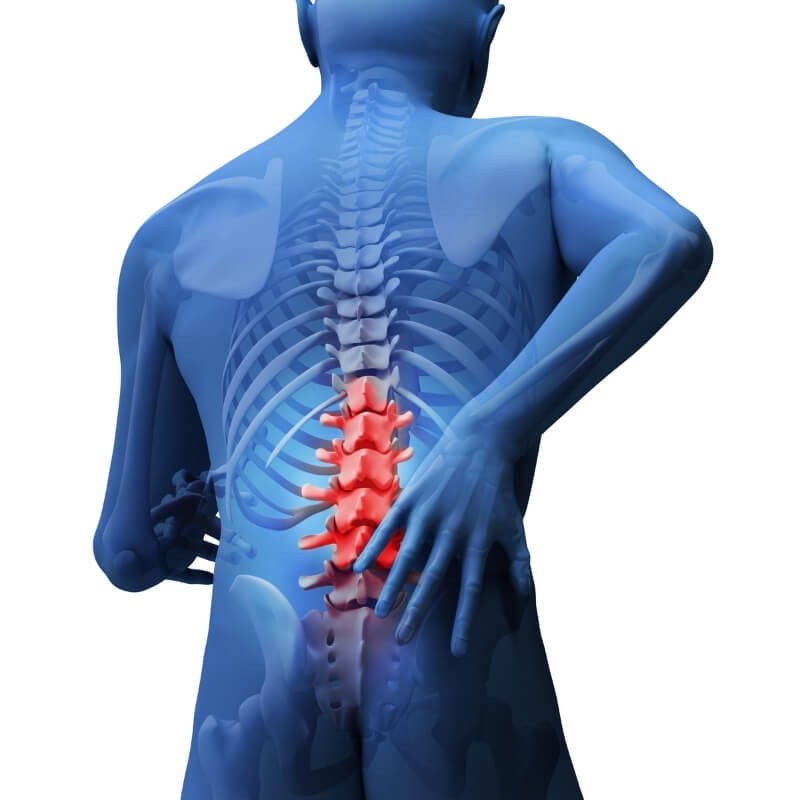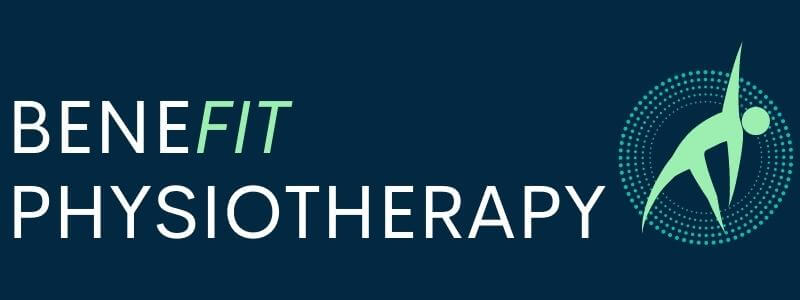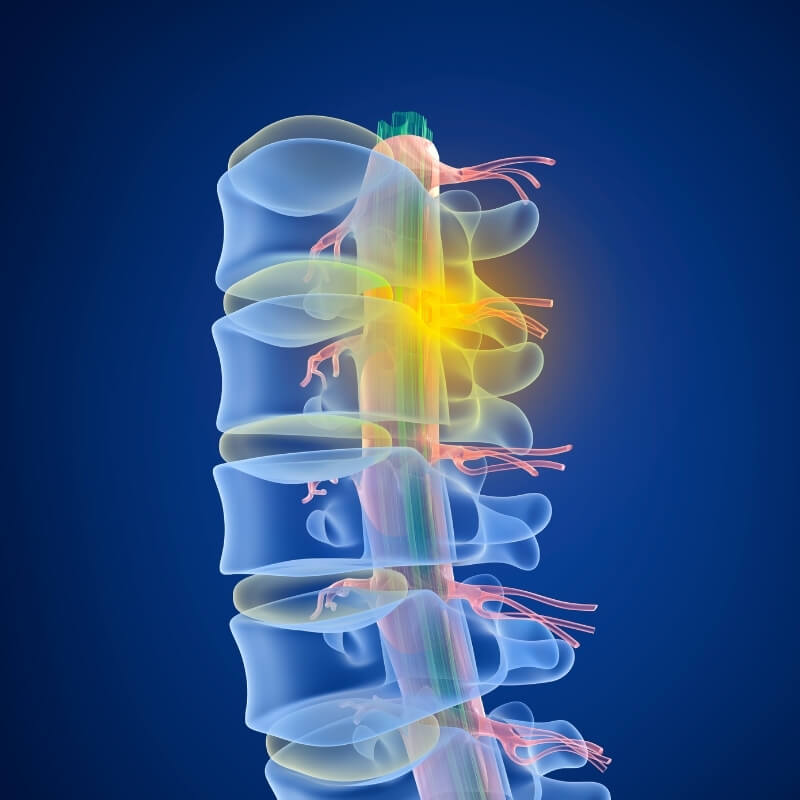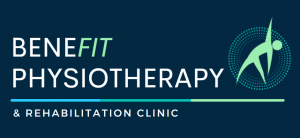Herniated/slipped discs are one of the most feared injuries in the body. People often associate them with lifelong disability and back pain. But understanding the injury and being proactive can improve your long-term outcomes.
The first step to reducing issues with disc injuries is to understand the evidence.
Did you know –
More than 50% of people in their 30’s have disc degeneration with NO symptoms of lower back pain. This number increases to 80% by the age of 50.
The risk of having a disc bulge with NO back pain and is 30% for a 20 year old, and increases by 10% for each decade you get older.
Management of lower back pain through physiotherapy is less than half the cost of more invasive treatments
Timeframes for back pain can vary greatly, but generally speaking;
- Acute back pain should be “easy come, easy go.” This is the type of pain that will occur from a fall or during sport. Early treatment can result in a quick turnaround of less than 6 weeks.
- Re-occurring acute back pain will not be as simple. This occurs when you’ve ignored the signs of back pain and caused multiple incidents of aggravation. Usually there is an underlying cause which is not structural. This may be postures, lifting technique, poor sleep position or overload. Assessment to identify and eliminate the cause is essential. These will last around 3 months.
- Chronic lower back pain is more difficult to place a timeframe on because they often require ongoing management. Identifying the triggers of your back pain and strategies to settle flare-ups are crucial for improving your pain and quality of life.

Mechanical vs Structural Lower Back Pain
The everyday pains that we generally think of when someone says they have a sore back is considered as mechanical pain. This accounts for 90% of lower back pain and is rarely attributed to a single structure.
Structural lower back pain is different because it will be related to a single structure.
These conditions include vertebral compression fractures, cancers/tumors, nerve root compression and infections.
These are rare and account for less than 10% of lower back pain.
Your physiotherapist will be able to identify which category you fall into and how best to overcome your back pain.
What’s the number 1 exercise to cure lower back pain?
The answer…it doesn’t exist!
Back pain is a complex multidimensional issue which comes in many shapes and forms and will be different for each individual. What works for some will aggravate others.
Its not uncommon for friends to share their experiences and discuss what’s worked for their pain, but the same exercise that fixed your friends pain could make your pain much worse.
So don’t be disheartened if someone elses “miracle” exercise wasn’t a miracle for you.
Your physiotherapist will tailor exercises specific to your injury to prevent aggravation and facilitate recovery from your back pain.

If you need assistance with lower back pain our qualified physios at Benefit Physiotherapy and Rehabilitation Clinic can help with your recovery.
One-on-One Physiotherapy Care – Complete Attention – You Deserve It !
Contact Us today to find out how we can help you.



